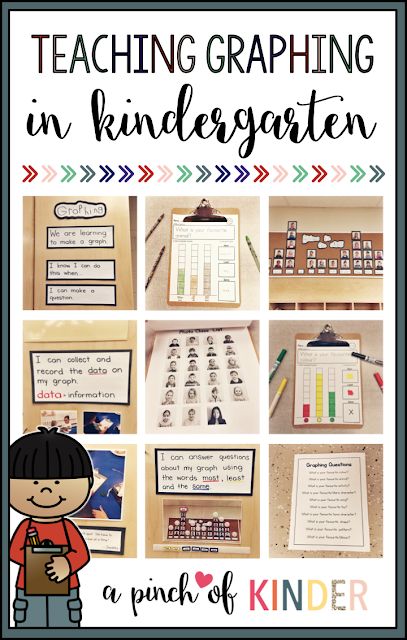When it comes to teaching math, creativity can oftentimes be the key to unlocking a student’s enthusiasm and understanding. One unconventional yet incredibly effective method to teach graphing is by using Post-it notes. This versatile and colorful approach to learning has the potential to turn a daunting math subject into an enjoyable and engaging lesson for students of all ages.
Why Post-it Notes?
Post-it notes are easily accessible, affordable, and visually appealing. The small size of each note allows students to manipulate individual points with ease, making this tangible method highly appealing for hands-on learners. Additionally, the vibrant colors keep students engaged while helping them differentiate between various axis points, quadrants or functions.
Benefits of Graphing on Post-its
1. Interactive Learning
The tactile nature of Post-it notes encourages students to become active participants in the lesson instead of mere observers. They will not only see the concepts but also experience them firsthand, leading to deeper comprehension.
2. Visualizing Mathematical Concepts
Graphing abstract mathematical concepts can be challenging for some learners. Plotting coordinates on Post-it notes helps students visualize those concepts by representing numerical values with physical objects.
3. Development of Fine Motor Skills
Placing and moving Post-it notes requires dexterity and precision from learners. The development of these fine motor skills can have long-term cognitive benefits for students as they grow older.
4. Customizable Lessons
Post-its provide an adaptable platform for teaching graphing concepts at various skill levels. Instructors can easily alter lessons based on their students’ abilities through different color-coding strategies or spatial arrangements.
5. Increased Retention
When students engage with material in multiple ways—be it visually, verbally, or kinetically—they enhance their ability to absorb and remember information more effectively.
Implementing Post-it Graphing in Your Math Lesson
Start by setting up a large graph on a wall, whiteboard, or even the classroom floor. Label your x and y axis and use a grid layout to simplify plotting points. Assign a color for each quadrant or function and have students write the coordinates on each Post-it note while placing them in the corresponding quadrant.
For more advanced lessons, you can explore graphing linear and non-linear functions, piecewise-defined functions, or systems of inequalities. The possibilities are endless!
In Conclusion
The next time you plan a math lesson involving graphing, consider incorporating Post-it notes into your teaching strategy. You’ll likely discover that this interactive learning method not only improves student understanding but also fosters a love for math that extends beyond the classroom walls. So go ahead and dive into the wonderful world of Post-it graphing – it just might become your new favorite teaching tool!





